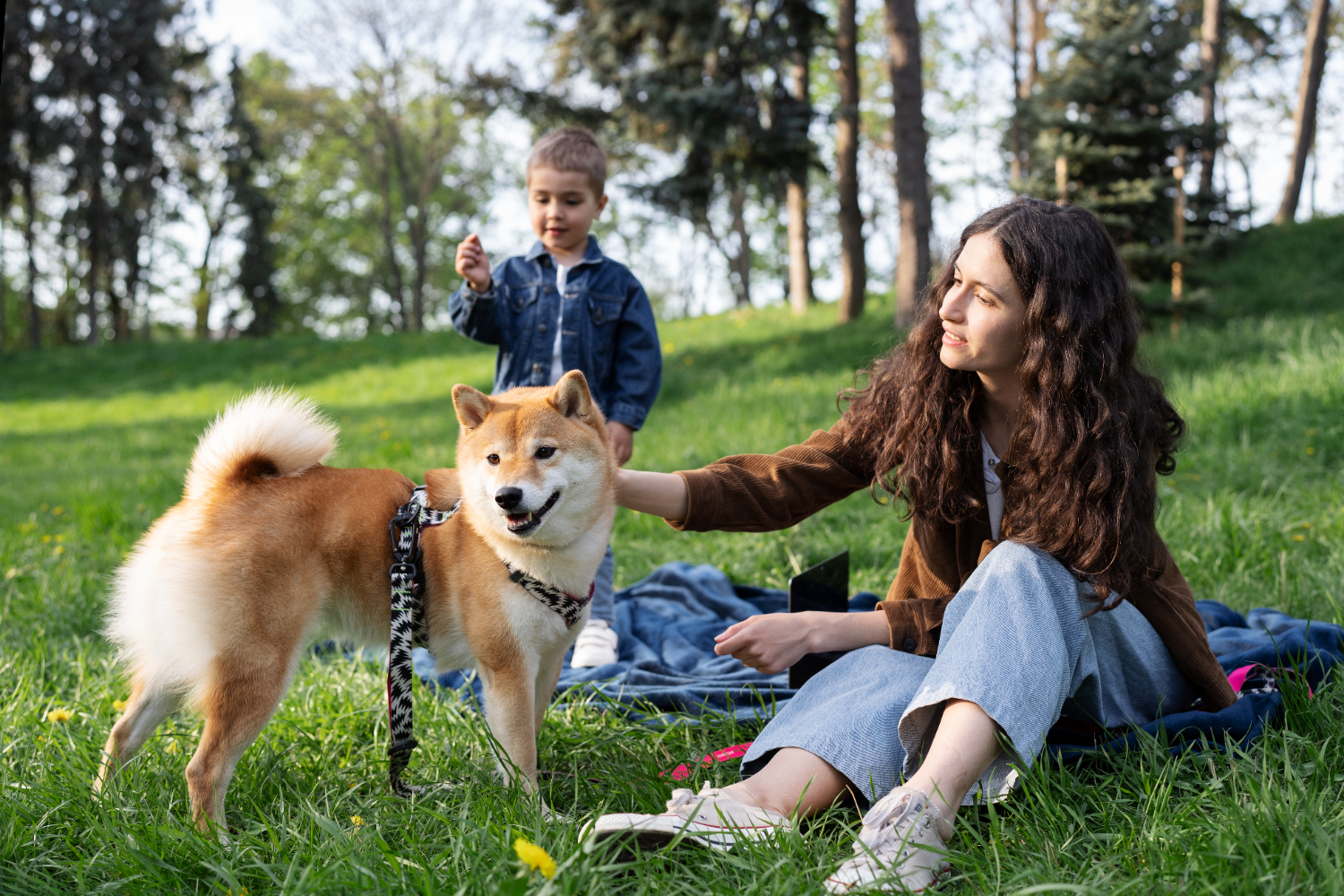Dog parks may seem like a great way to socialize your dog, provide space for exercise, and meet fellow pup parents. However, not all dogs benefit from this type of environment. As canine advocates, it’s important to recognize behavior and actions that may signal our dogs are uncomfortable, anxious, or overwhelmed. In addition, dog parks come with their own set of challenges that are out of your control.
The Downside of Dog Parks
You may have trained your dog to respond and react appropriately during certain situations, but you can’t control the actions of other dogs or dog owners in the park. There’s always the possibility that you may encounter an aggressive dog that could cause harm—not to mention stress and anxiety—to your furry friend. It’s not uncommon for dog owners to leave their dog unsupervised, causing inappropriate behavior to go unnoticed. In fact, it’s possible that your dog starts adapting this poor behavior, causing a regression in training.
Beyond behavior, there’s the risk of diseases and infections from dogs who have not been properly treated. This type of environment with dogs running, sniffing, and playing with one another can expose your dog to various health problems. Reminder, it’s crucial to provide your dog with essential veterinarian care to prevent other dogs, and your own, from being at risk.
Prioritize Your Dog’s Well-Being
There are plenty of alternatives to keep your dog entertained besides taking a trip to the dog park.
- Set up a playdate. If your pup has a BFF—best furry friend—then set up a monitored puppy play session in a controlled environment.
- Train your dog. Training is a great way to ensure your dog lives a happy and enjoyable life. Group classes provide opportunities for socialization and enrichment.
- Take a hike. Go for a hike, run, or walk outside where your dog can get plenty of exercise. Explore different trails and parks to expose your pup to new environments.
- Consider dog daycare. Choose a facility that provides individualized care and attention.
If you do choose to visit the dog park, you can ensure a positive experience for your dog by observing their body language. If you notice signs of discomfort, then you may want to consider other activities in the future. Make sure your dog has up-to-date vaccinations and shows good signs of health. And, as always, maintain control of your dog. A proper human-canine relationship is key to successful training. Make sure that you are reinforcing positive behavior at the dog park, and establishing new commands to ensure their safety.
At The Canine Culture, our services are designed to make your best friend an even better friend. We can work with you to train your pooch to be the perfect companion, regardless of their temperament. Learn more about our Dog Training services.

